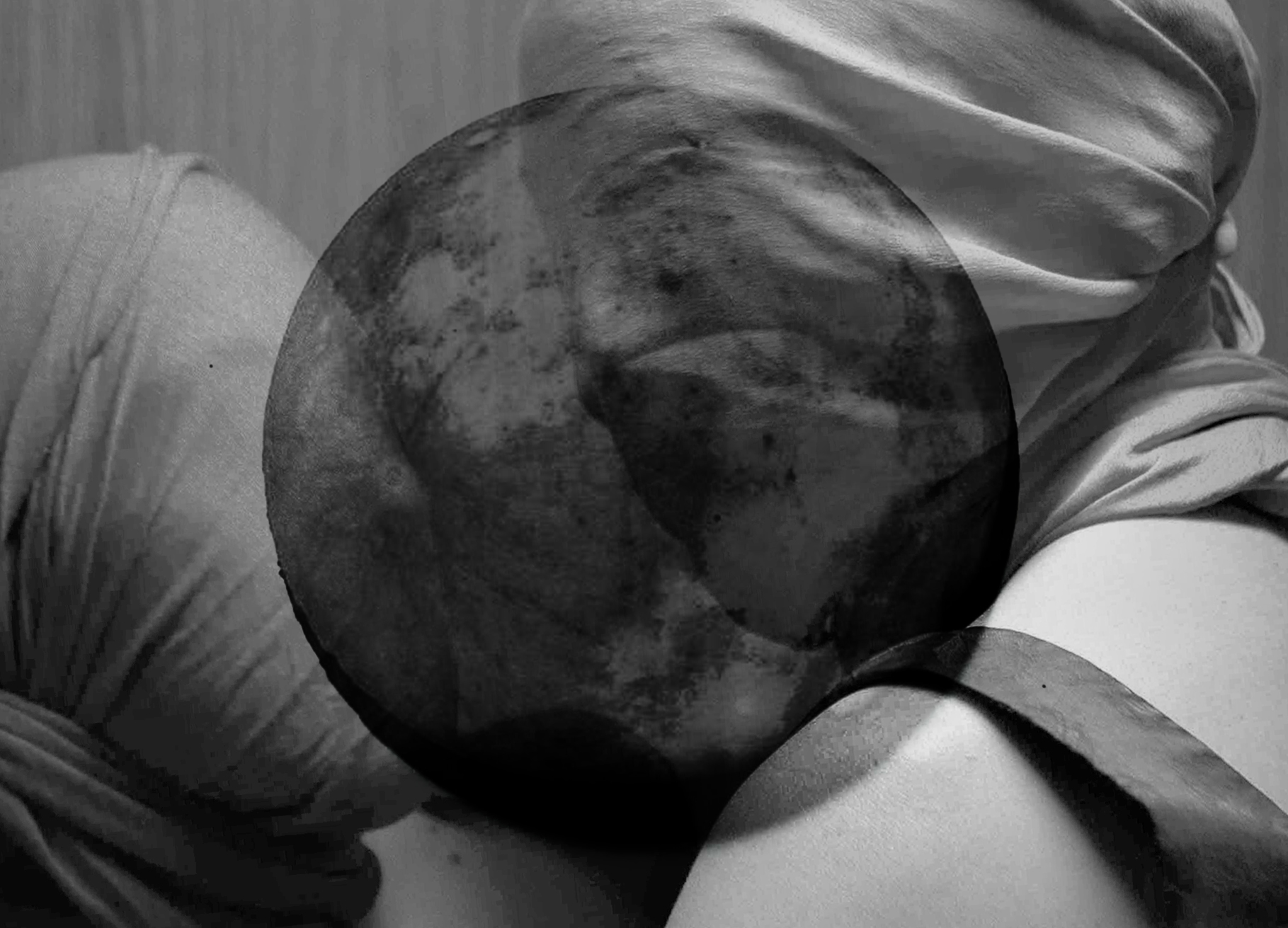The standout feature of Tara D’Arquian’s Bad Faith is the strong philosophical research behind the work. Bringing together artists from different backgrounds in an experimental fusion of dance, poetry and light design, Bad Faith delves into concepts of identity, womanhood and loss.
Award-winning poet Jemima Foxtrot, designer Fridthjofur Thorsteinsson and theatre maker Hannah Ringham converge around this performance to tell a story of self-deception through dance, whisperings, glitter and hysterical laughs.
Structured in three phases, Bad Faith starts with an obscure section called ‘Quests’, to then gradually develop into a more vivacious ‘Aliveness’ and ending with an ambiguous ‘Truth’.
The performance opens in darkness, with a light spot on Nora (Hannah Ringham), a once popular actress that has been mysteriously missing from the stage for several years. Lying half asleep or semi-unconscious, she finds herself immersed in an unknown place and is soon joined by two enigmatic figures (Laura Doelher and Tara D’Arquian) rolling on the floor, that can be later identified as manifestations of herself.
“I’m useless” Nora keeps repeating to herself with a discouraged tone, while unable to move or stand up. Her despair echoes in the voices of the two companions whose fragmented movements reflect the general atmosphere of discouragement. It is not quite clear the reason behind it, but we can assume something wrong happened that made her unable to face the stage for a while.
Touching different moods and shifting from self-pity to near madness, Nora’s attitude is in constant change, influenced by the two dancers that continuously saunter around her, engaging in dynamic contact sequences, laughing and repeating over and over Nora’s words. A stream of interior voices pushing for action and positivity that culminate in a moment of self-assurance when Nora mentions something that she hasn’t regretted and she would do it again.
The interaction with an unidentified rocket-shaped object that lights on and off intermittently and speaks with a robotic voice, leaves me puzzled as I am not sure how to interpret it, maybe her conscience or a burden. It is in front of this object hanging in mid air that Nora finds the courage to face the situation and later embrace it, maybe, as some passages were less well-delivered or just left open to different interpretations.

The collaborative aspect of the work is deliberately intensified by some audience members that at times contribute to the whispering and singing, turning the performance into a truly immersive experience.
Part of a wider project, Bad Faith is the third step of D’Arquian’s In Situ Trilogy – a series of site-specific works inspired by Nietzsche’s Three Metamorphoses that aim to examine the impossibility for the human being to define themselves. Even though the previous works In Situ and Quests are independent from Bad Faith, I still have the feeling that I would need to watch the whole trilogy to fully grasp D’Arquian’s wider concept.
Reviewed at the Laban Theatre on 14 March




